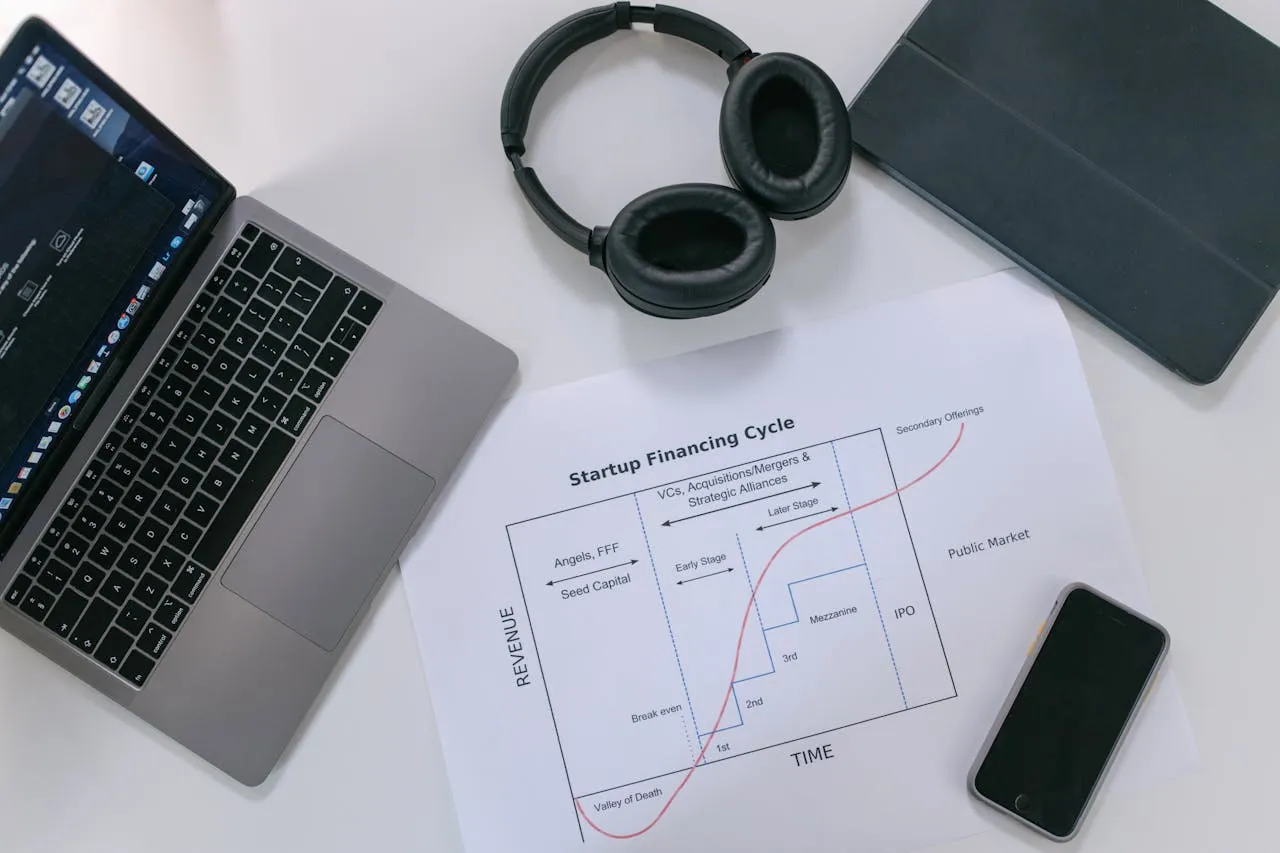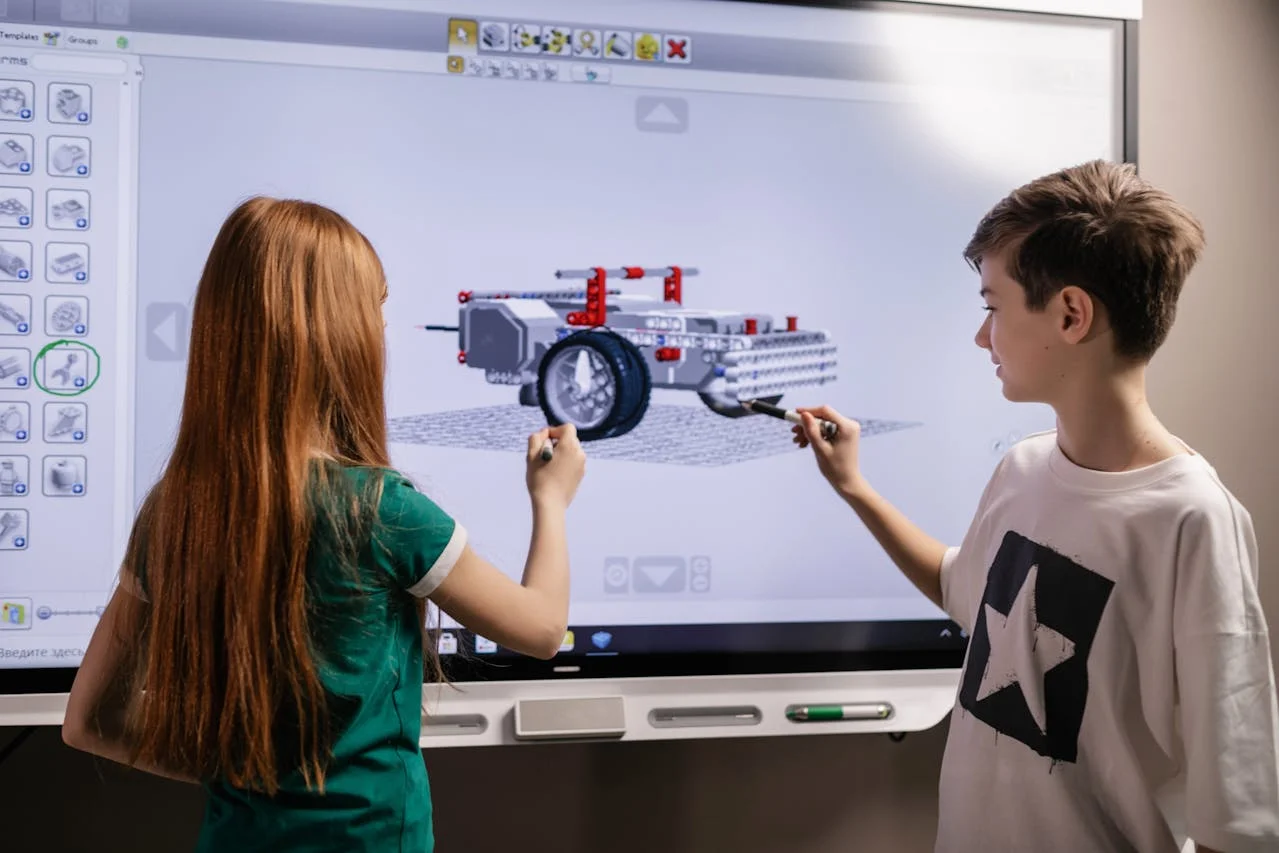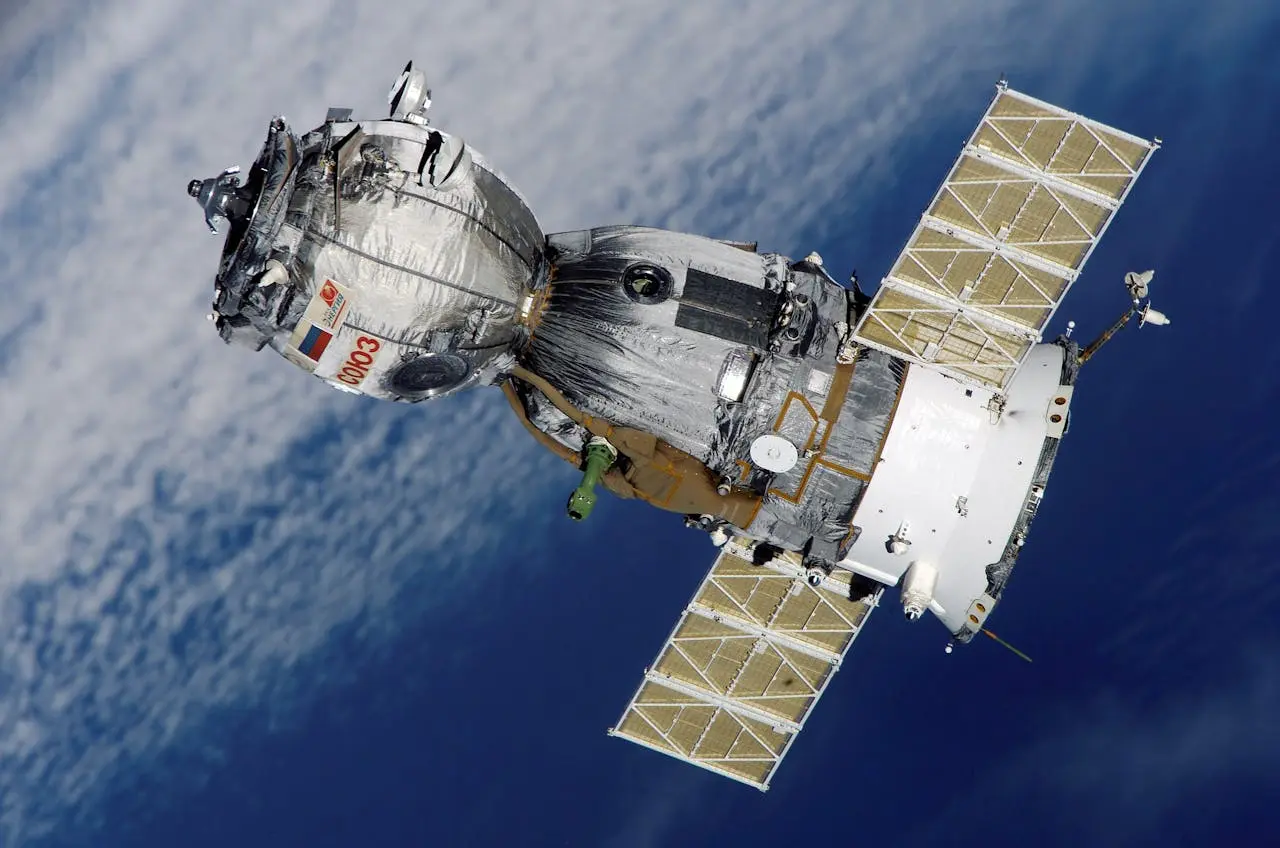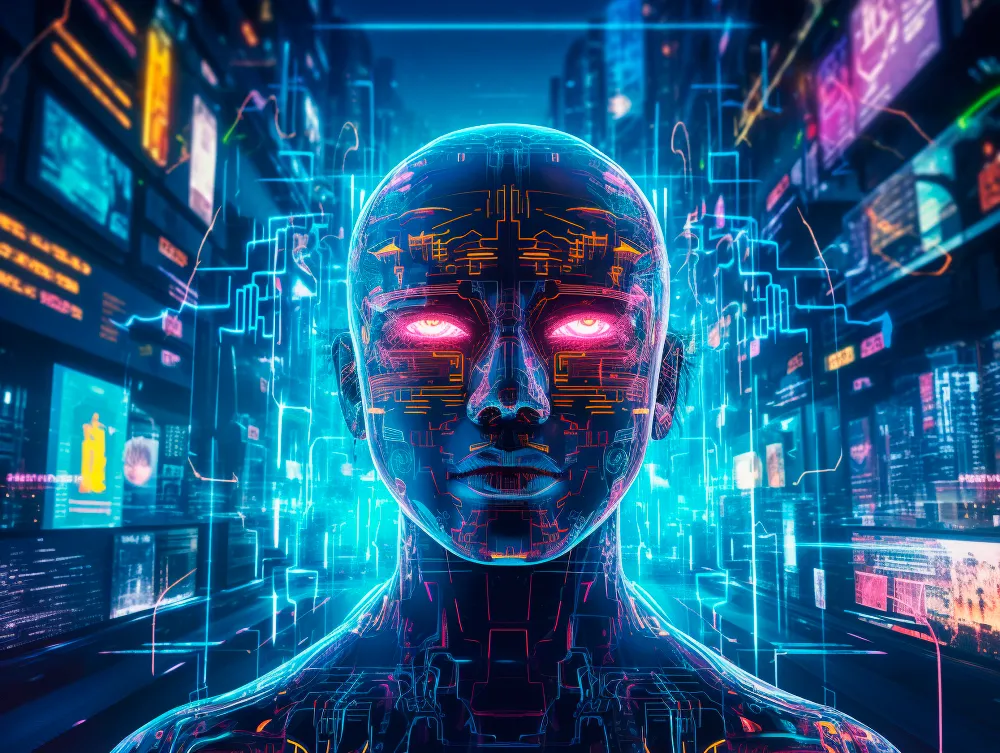Computing has evolved dramatically since the advent of the first mechanical calculators and early computers. From massive room-sized machines to sleek, powerful devices in the palm of our hands, the field of computing continues to advance, driving innovations across various domains. This blog post explores the evolution of computing technology, its current state, and the exciting future developments that promise to shape the digital landscape.
The Evolution of Computing
Computing technology has undergone several transformative phases since its inception:
- Early Mechanical Computers: The journey of computing began with mechanical devices designed to perform arithmetic calculations. Charles Babbage’s Analytical Engine, conceived in the 1830s, is often considered one of the earliest concepts of a general-purpose computer. Although never completed in his lifetime, Babbage’s design laid the groundwork for future computing innovations.
- Vacuum Tube Era: The first generation of electronic computers emerged in the 1940s, utilizing vacuum tubes for circuitry. These machines, such as the ENIAC (Electronic Numerical Integrator and Computer), were massive and consumed significant amounts of power. They marked the transition from mechanical to electronic computing, significantly increasing computational speed and capability.
- Transistor Revolution: The invention of the transistor in the late 1940s revolutionized computing by enabling the creation of smaller, more reliable, and energy-efficient computers. Transistors replaced vacuum tubes, leading to the development of second-generation computers that were more accessible and practical for various applications.
- Integrated Circuits: The 1960s and 1970s saw the advent of integrated circuits (ICs), which allowed multiple transistors to be embedded on a single chip. This innovation led to the third generation of computers, characterized by increased processing power, reduced size, and lower costs. ICs paved the way for the development of personal computers (PCs) and microcomputers.
- Microprocessors and Personal Computing: The introduction of microprocessors in the 1970s marked the beginning of the fourth generation of computing. Microprocessors integrated the functions of an entire computer’s central processing unit (CPU) onto a single chip. This advancement enabled the creation of personal computers, making computing technology widely accessible to individuals and businesses.
- Modern Computing: Today’s computing landscape is defined by powerful, multifunctional devices that integrate advanced technologies such as multi-core processors, high-speed memory, and sophisticated software. Modern computing encompasses a wide range of devices, including desktops, laptops, tablets, and smartphones, each with increasing computational capabilities and connectivity features.
Current Trends in Computing
- Cloud Computing: Cloud computing has revolutionized the way data and applications are managed and accessed. By leveraging remote servers and internet-based services, cloud computing provides scalable and flexible resources for storage, processing, and software. This model enables businesses and individuals to access powerful computing resources on-demand, without the need for significant upfront investment in hardware.
- Artificial Intelligence (AI) and Machine Learning: AI and machine learning are transforming computing by enabling systems to learn from data, make decisions, and perform tasks with minimal human intervention. These technologies are driving advancements in areas such as natural language processing, computer vision, and autonomous systems. AI-powered applications are becoming increasingly prevalent in fields like healthcare, finance, and entertainment.
- Quantum Computing: Quantum computing represents a new paradigm in computing technology, leveraging the principles of quantum mechanics to perform complex calculations at unprecedented speeds. Quantum computers have the potential to solve problems that are currently intractable for classical computers, such as cryptographic challenges and optimization problems. While still in the experimental stage, quantum computing holds promise for revolutionizing fields like cryptography, material science, and drug discovery.
- Edge Computing: Edge computing addresses the growing need for real-time data processing by bringing computation closer to the source of data generation. This approach reduces latency and bandwidth usage, enabling faster and more efficient processing of data from IoT devices, sensors, and other connected technologies. Edge computing is particularly valuable in applications such as autonomous vehicles, smart cities, and industrial automation.
- Cybersecurity: As computing technology advances, so do the threats to data security and privacy. Cybersecurity has become a critical area of focus, with ongoing efforts to develop robust security measures and protocols to protect against cyberattacks and data breaches. Innovations in encryption, threat detection, and secure communication are essential for safeguarding sensitive information and maintaining trust in digital systems.
The Future of Computing
The future of computing promises continued innovation and transformation. Emerging technologies, such as brain-computer interfaces, neuromorphic computing, and advanced robotics, are poised to push the boundaries of what is possible. As computing technology evolves, it will drive advancements across various domains, including healthcare, education, entertainment, and beyond.
In conclusion, computing technology has come a long way from its early mechanical roots to the powerful, multifunctional devices we use today. The field continues to evolve, driven by advancements in cloud computing, AI, quantum computing, and other emerging trends. As we look to the future, computing technology will undoubtedly play a central role in shaping the world, offering new opportunities and solving complex challenges. Embracing these advancements and understanding their implications will be key to navigating the digital landscape and harnessing the full potential of computing technology.





















